Discover 50 hidden attractions, cool sights, and unusual things to do in Romania. Don't miss out on these must-see attractions: Village Museum (Bucharest), Palace of the Parliament (Bucharest) or Cotroceni Palace (Bucharest).
Below, you can find the list of the most amazing places you should visit in Romania.
Table of Contents
Village Museum, Bucharest
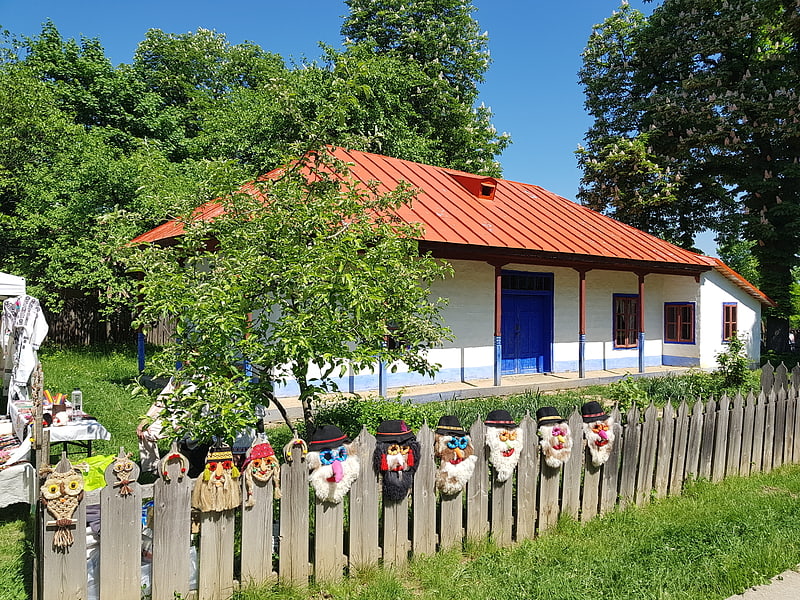
Also known as: Muzeul Național al Satului „Dimitrie Gusti”
Open-air museum of village life. The Village Museum formally National Museum of the Village "Dimitrie Gusti" is an open-air ethnographic museum located in the King Michael I Park, showcasing traditional Romanian village life. The museum extends to over 100,000 m2, and contains 272 authentic peasant farms and houses from all over Romania.
The village was a creation of the folklorist and sociologist Dimitrie Gusti. The location plans were executed by the writer, playwright, director Victor Ion Popa and set designer Henri H. Stahl. The necessary financial funds were provided by the Royal Cultural Foundation and in the presence of King Carol II of Romania the museum was inaugurated on May 10, 1936.[1]
Address: Șoseaua Pavel Dimitrievici Kiseleff, 011347 București (Sector 1)
Palace of the Parliament, Bucharest

Also known as: Palatul Parlamentului
Huge Communist palace, now parliament. The Palace of the Parliament, also known as the Republic's House or People's House/People's Palace, is the seat of the Parliament of Romania, located atop Dealul Spirii in Bucharest, the national capital. The Palace reaches a height of 84 metres, has a floor area of 365,000 square metres and a volume of 2,550,000 cubic metres. The Palace of the Parliament is the heaviest building in the world, weighing about 4,098,500,000 kilograms, also being the second largest administrative building in the world.
The building was designed and supervised by chief architect Anca Petrescu, with a team of approximately 700 architects, and constructed over a period of 13 years (1984–97) in Socialist realist and modernist Neoclassical architectural forms and styles, with socialist realism in mind. The Palace was ordered by Nicolae Ceaușescu (1918–1989), the president of Romania and the second of two long-ruling heads of state in the country since World War II, during a period in which the personality cult of political worship and adoration increased considerably for him and his family.
Known for its ornate interior composed of 23 sections, the palace houses the two chambers of the Parliament of Romania: the Senate (Senat) and the Chamber of Deputies (Camera Deputaților), along with three museums and an international conference center. The museums in the Palace are the National Museum of Contemporary Art, the Museum of Communist Totalitarianism (established in 2015) and the Museum of the Palace. Though originally named the House of the Republic when under construction (Romanian: Casa Republicii), the palace became widely known as The People's House (Romanian: Casa Poporului) after the Romanian Revolution of December 1989. Due to its impressive characteristics, events organized by state institutions and international bodies such as conferences and symposia take place there, but despite this about 70% of the building remains empty.
As of 2020, the Palace of the Parliament is valued at €4 billion, making it the most expensive administrative building in the world. The cost of heating, electricity, and lighting alone exceeds $6 million per year, comparable to the total cost of powering a medium-sized city.[2]
Address: Bucharest, Calea 13 Septembrie 1, Sector 5
Cotroceni Palace, Bucharest
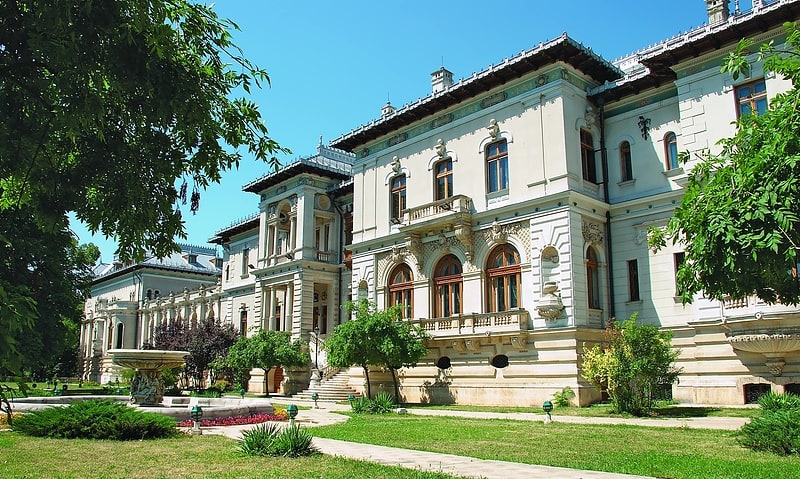
Also known as: Palatul Cotroceni
National museum in a baroque palace. Cotroceni Palace is the official residence of the President of Romania. It is located at Bulevardul Geniului, nr. 1, in Bucharest, Romania. The palace also houses the National Cotroceni Museum.[3]
Address: Bulevardul Geniului 1-3, 060116 București (Sector 5)
Tâmpa, Brașov
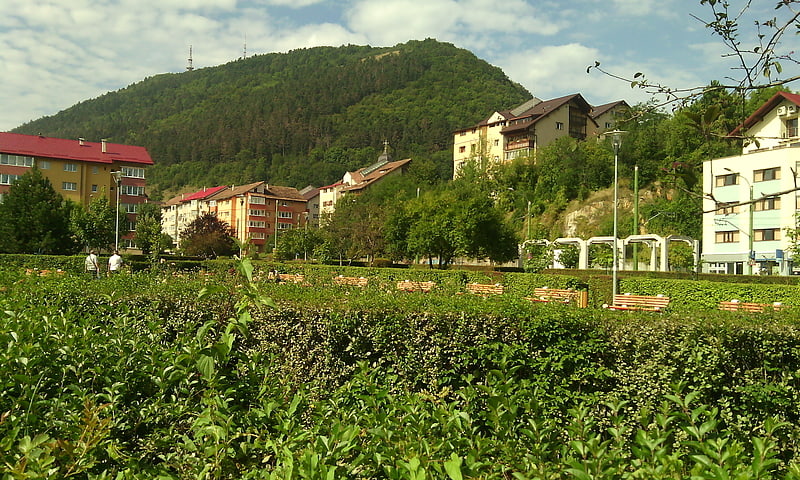
Scenic mountain with trails and city views. Tâmpa is a mountain, part of the Postăvarul Massif, located in the southern part of the Eastern Carpathians and almost entirely surrounded by the city of Brașov. Its elevation is 960 m, almost 400 m above the city.
The mountain is mostly made up of limestone formations, having risen up gradually from the Earth's crust.
Most of the mountain (1.5 km²) is a declared nature reserve, due to the rare animal species (bears, birds, butterflies—35% of Romanian butterfly species) and plant species (a rare Liverleaf variety, Transylvanian Windgrass) that are found there. A number of routes to the summit exist: there are 25 winding paths cut in 1837 by Brașov's forest administration; Gabony's stairs; the Knights' road, dating to the days of the Brașovia citadel; and an auto road. A cable car makes the journey between the cabin/restaurant Casa Pădurarului at the base of the mountain to the Restaurantul Panoramic, on its crest, in under three minutes. The view from the summit is spectacular, offering a panoramic view of the city; on a clear day, the entire Burzenland is visible.[4]
Palace of Culture, Iași
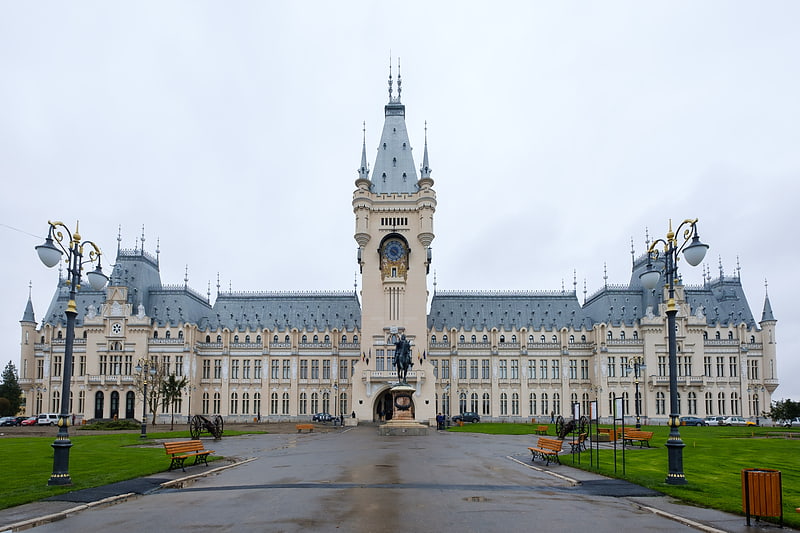
Also known as: Palatul Culturii din Iași
Neogothic landmark containing 4 museums. The Palace of Culture is an edifice located in Iași, Romania. The building served as Administrative and Justice Palace until 1955, when its destination was changed, being assigned to the four museums nowadays united under the name of Moldavia National Museum Complex. Also, the building houses the Cultural Heritage Conservation-Restoration Centre, and hosts various exhibitions and other events.
The Palace of Culture is listed in the National Register of Historic Monuments.[5]
Address: Piata Stefan cel Mare si Sfant 1, 700028 Iasi
St. Michael's Church, Cluj-Napoca
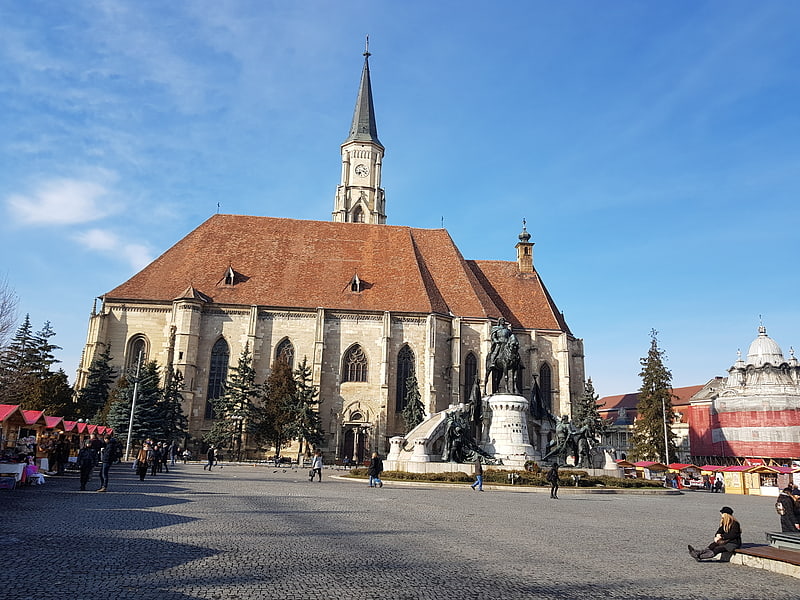
Also known as: Biserica Sfântul Mihail din Cluj-Napoca
Large gothic-style Catholic church. The St. Michael's Church is a Gothic-style Roman Catholic church in Cluj-Napoca. It is the second largest church in the geographical region of Transylvania, Romania. The nave is 50 meters long and 24 meters wide, the apse is 20×10 m. The tower with its height of 76 meter is the highest one in Transylvania.[6]
Address: Piața Unirii, 400015 Cluj-Napoca
Cluj-Napoca Botanical Garden, Cluj-Napoca
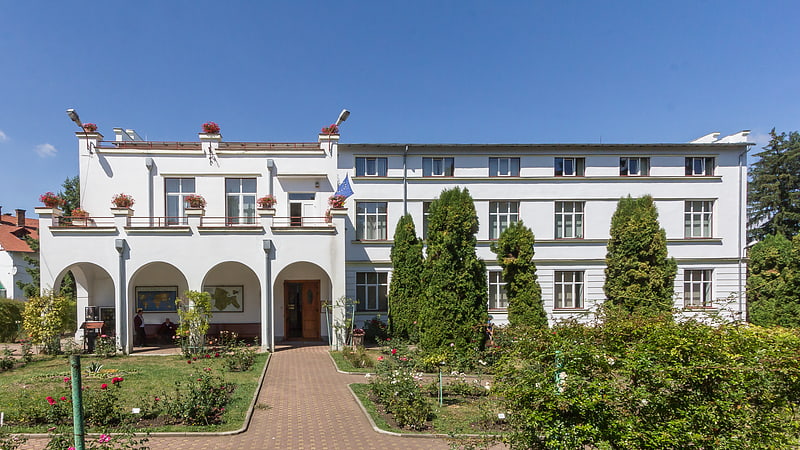
Also known as: Grădina Botanică din Cluj-Napoca
Botanical garden with exotic flowers. The Cluj-Napoca Botanical Garden, officially Alexandru Borza Cluj-Napoca University Botanic Garden, is a botanical garden located in the south part of Cluj-Napoca, Romania. It was founded in 1872 by Hungarian linguist Sámuel Brassai, known as the "Last Transylvanian Polymath". Its director in 1905 was Aladár Richter, then Páter Béla, Győrffy István, and then, in 1920, it was taken over by the local university and by Alexandru Borza.
In addition to its role as a tourist destination, the garden also serves as a teaching and research center as part of the Babeș-Bolyai University. In 2010, the Romanian Ministry of Culture and National Patrimony categorized it as a historical monument.
The garden is over 14 hectares in area, with over 10,000 plants found throughout the world. It is divided into ornamental, phytogeographic (geobotanical), systematic (taxonomical), economic, and medicinal sections. Romanian flora and vegetation are represented by plants from the Transylvanian plains, the Carpathian Mountains, Banat, etc.
Among the Botanical Garden's interesting attractions are the Japanese Garden (a garden in Japanese style, with a brook and a Japanese-style house), the Roman Garden with archeological remains from the Roman colony of Napoca, among them a statue of Ceres, goddess of cereals and bread, alongside cultivated plants that dominate contemporary Romanian agriculture. Jablonovszki Elemér was its head gardener for 45 years.[7]
Address: Strada Republicii 42, 400015 Cluj-Napoca
Brukenthal National Museum, Sibiu
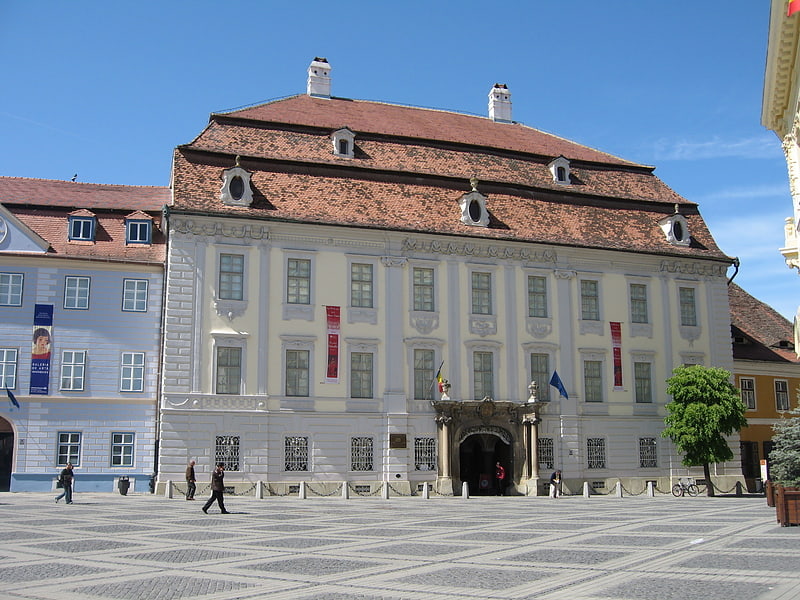
Also known as: Muzeul Național Brukenthal
Art collections in a baroque palace. The Brukenthal National Museum is a museum in Sibiu, Transylvania, Romania, established in the late 18th century by Samuel von Brukenthal in his city palace. Baron Brukenthal, governor of the Grand Principality of Transylvania has established his first collections around 1790. The collections were officially opened to the public in 1817, making the museum the oldest institution of its kind on the territory of modern-day Romania.
Today, in its extended form, it is a complex comprising six museums, which, without being separate administrative entities, are situated in different locations around the city and have their own distinct cultural programmes.[8]
Address: Piata Mare 5, 550163 Sibiu
Peleș Castle, Sinaia
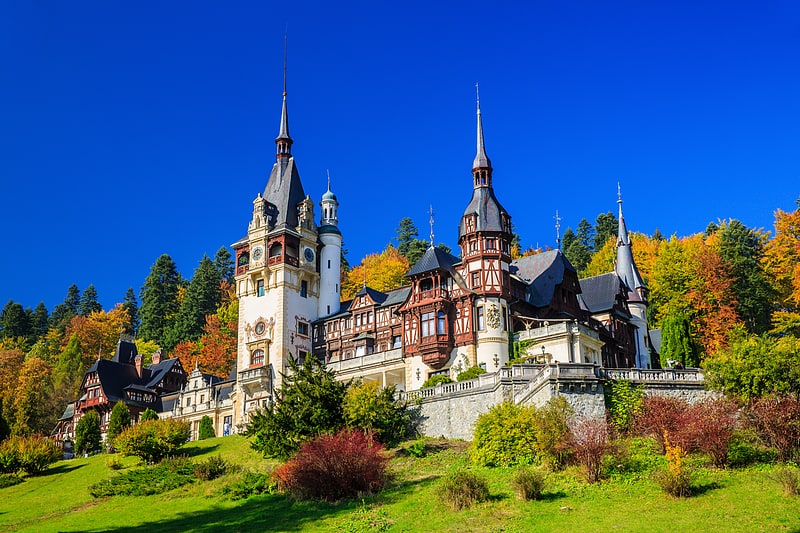
Also known as: Castelul Peleș
Lavish summer palace built in 1874. Peleș Castle is a Neo-Renaissance castle in the Carpathian Mountains, near Sinaia, in Prahova County, Romania, on an existing medieval route linking Transylvania and Wallachia, built between 1873 and 1914. Its inauguration was held in 1883. It was constructed for King Carol I.[9]
Address: Str. Pelesului nr. 2, 106100 Sinaia
Sinaia Monastery, Sinaia
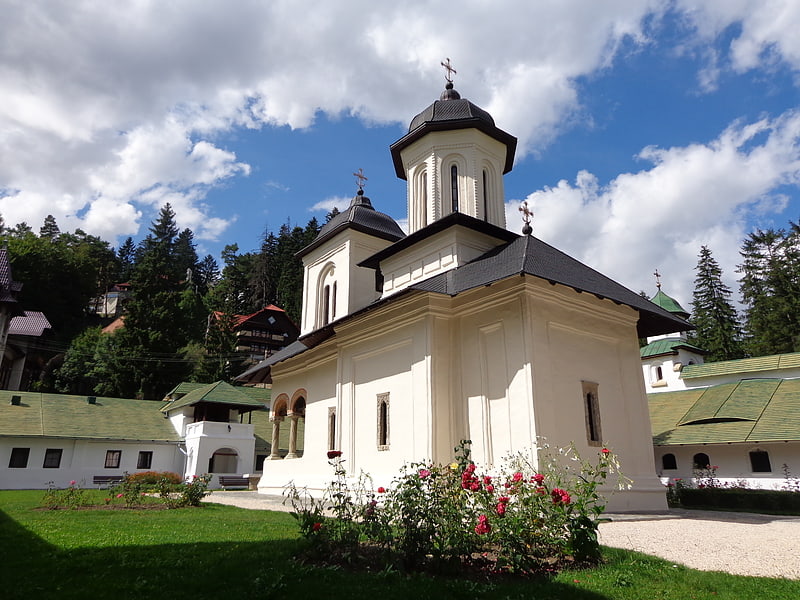
Also known as: Mănăstirea Sinaia
Monastery in Sinaia, Romania. The Sinaia Monastery, located in Sinaia, in Prahova County, Romania, was founded by Prince Mihail Cantacuzino in 1695 and named after the great Saint Catherine's Monastery on Mount Sinai in Egypt. As of 2005, it is inhabited by 13 Christian Orthodox monks led by hegumen Macarie Boguș. It is part of the Bucharest archdiocese.[10]
Address: Manastirii 2, 106100 Sinaia
Victory Square, Timișoara
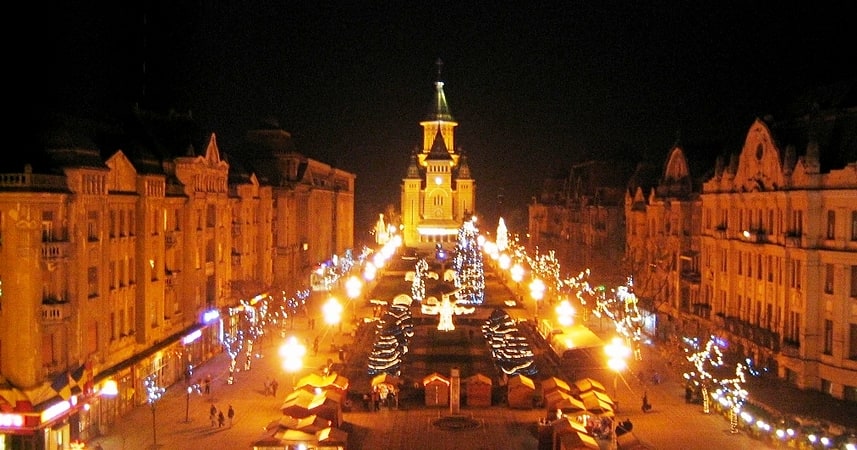
The Victory Square, known until 1990 as the Opera Square, is the central square of Timișoara. It is the place where Timișoara was proclaimed on 20 December 1989 the first city free of communism in Romania. It was a main boulevard, transformed into a square after the closure of the southern side by the construction of the Metropolitan Cathedral. The opposite poles of the square consist of the Opera to the north and the Metropolitan Cathedral to the south. From the Opera to the Cathedral the promenade on the right is called Corso, and the one on the left is called Surogat. Both have protected architectural ensembles of local historical importance.
The square hosts the buildings of some important institutions such as the National Theater and Opera, the Orthodox Cathedral, Timiș, Capitol and Studio cinemas, the Museum of Banat, several art galleries as well as many shops and sidewalk cafés. Some of the most important cultural events take place in Victory Square: JazzTM, Timfloralis, FEST-FDR, Opera and Operetta Festival, Easter and Christmas fairs, New Year's concerts, etc.[11]
Biserica Neagră, Brașov
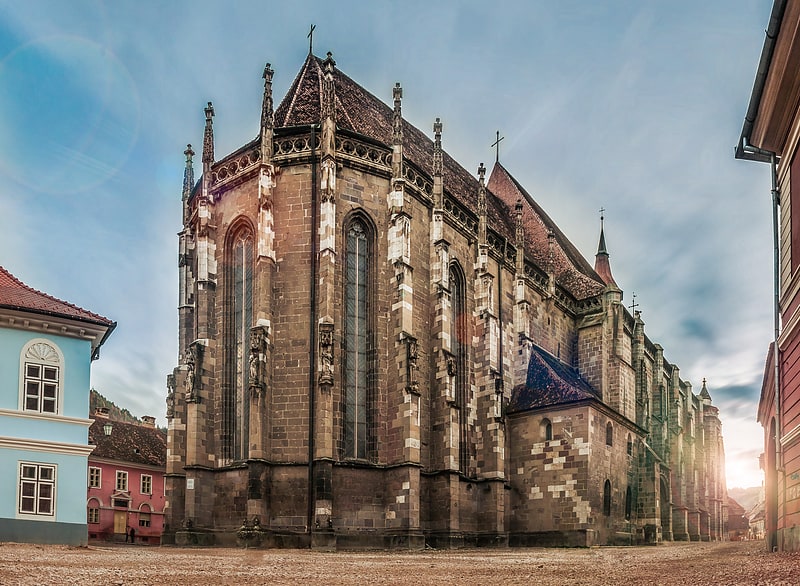
Massive church named for long-ago fire. The Black Church, Biserica Neagră in Romanian, stands in the city of Brașov in south-eastern Transylvania, Romania. It was built by the Saxon community of the city and represents the main Gothic-style monument in the country, as well as being the largest and one of the most important houses of worship in the region which belong to the Lutheran, i.e. Evangelical Church of Augustan Confession in Romania.
Author Judit Petki contends that, contrary to a widely held view, the Black Church did not receive its dark appearance as a result of the fire which affected much of the city in 1689, but only in recent times due to pollution. The current popular name is apparently a 19th-century creation.
The cathedral, a working church, is the main city landmark of historical Brașov, and a museum is open to visitors.[12]
Address: Curtea Johannes Honterus 2, 500025 Brașov
Sinagoga Beth Israel, Brașov
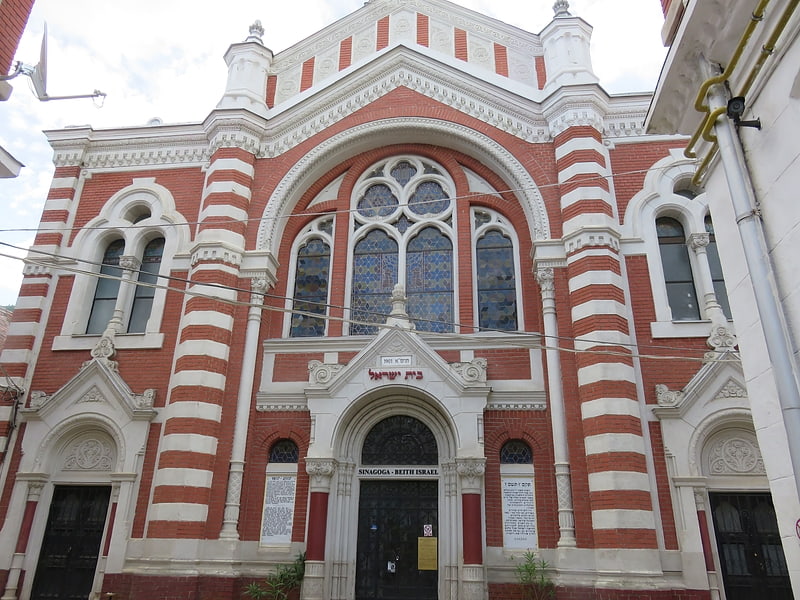
The Beth Israel Synagogue in Brasov, a neological synagogue in the vernacular language, stands at 29 Poarta Șchei Street in the center of Brasov, Romania, behind the street front, on a plot surrounded by houses. The synagogue still plays a ritual role. The building complex includes a community seat and a kosher restaurant. Beth Israel Synagogue is included in the list of National Historic monuments in Romania under the number BV-II-m-B-11515.[13]
National Art Museum, Cluj-Napoca
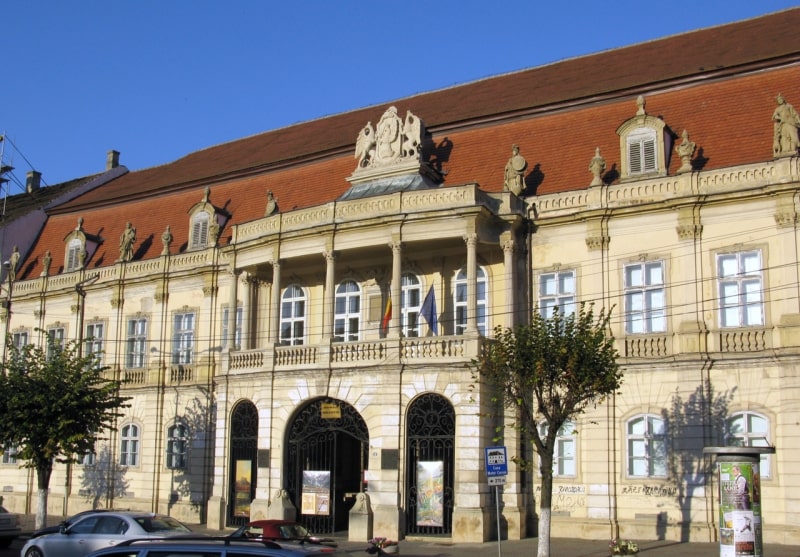
Also known as: Muzeul de Artă din Cluj-Napoca
Museum. The Museum of Cluj-Napoca or National Art Museum, Cluj-Napoca, is an art museum housed in an important eighteenth-century Baroque building, the Cluj-Napoca Bánffy Palace, designed by German architect Johann Eberhard Blaumann. The museum possesses a very valuable collection of Romanian and European art: paintings, graphics and decorative art ranging from the Fifteenth Century to the Twentieth.[14]
Address: Piata Unirii 30, 400098 Cluj-Napoca
Timișoara Orthodox Cathedral, Timișoara
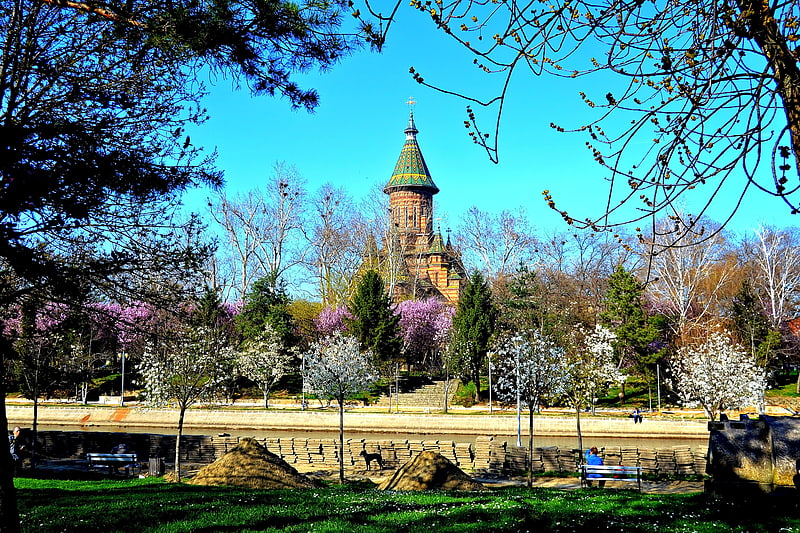
Also known as: Catedrala Mitropolitană din Timișoara
Grand Romanian Orthodox cathedral. The Orthodox Cathedral, also known as the Metropolitan Cathedral, is a Romanian Orthodox church in Timișoara. The cathedral is the seat of the Archbishopric of Timișoara and the Metropolis of Banat. It is dedicated to the Three Holy Hierarchs, Basil the Great, Gregory the Theologian and John Chrysostom.
Built on an area of 1,542 m2, it has 11 towers, of which the central one has a height of 90.5 m, making it the second tallest church in Romania, after the People's Salvation Cathedral in Bucharest. The cathedral is listed in the National Register of Historic Monuments.[15]
Address: Bulevardul Regele Ferdinand I, 300006 Timisoara
Suceava fortress, Suceava
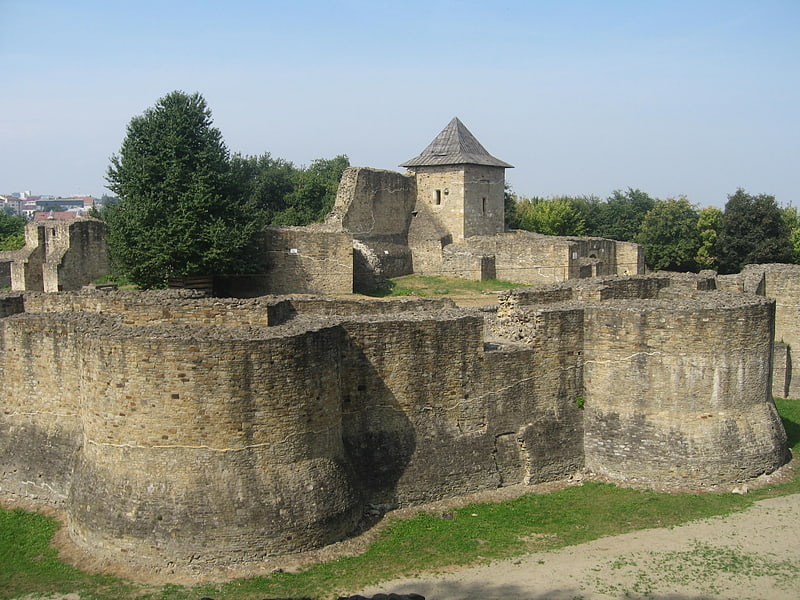
Castle in Sucea - a castle from the end of the 14th century. Expanded in the 15th century. Destroyed in the 17th century. Currently in Ruin, located in Suczea in North Romania, in Bukovina.
The castle on the hill prevailing over Suceava was finally erected by the 14th century Hospodar Moldovan Piotr Muszat, who moved here the headquarters of the prince. The primary building had the shape of a quadrangle (which is still recognizable in the center of the assumption), covered residential buildings and a chapel. In the second half of the 15th century, the expansion of the castle made Stefan Wielki, which raised new powerful fortifications, expanding the castle. Established in this way, Stefan's lifetime was effectively based all invaders (including twice with Turks, and in 1497 they were unsuccessfully besieged by Poles under Jan Olbracht), only in 1538 was released by the Bojars to the troops of Suleiman's wonderful troops.
During internal fights in the mid-sixteenth century, the castle was burned, his reconstruction was carried out in the first half of the 17th century. Hospodar Basil Lupa. Soon, however, (in 1653) again was destroyed during the intervention of neighbors against Basel, as a result of which he was deprived of the throne (during the defense of the castle he died Tymophych Chmielnicki). Ultimately, the work of destruction made an explosion in the fortress in 1675. From now on, the castle remains in Ruin. In the twentieth century, the castle ruins was partially rebuilt and maintenance.
Address: Aleea Cetății, Suceava
Holy Trinity Cathedral, Sibiu
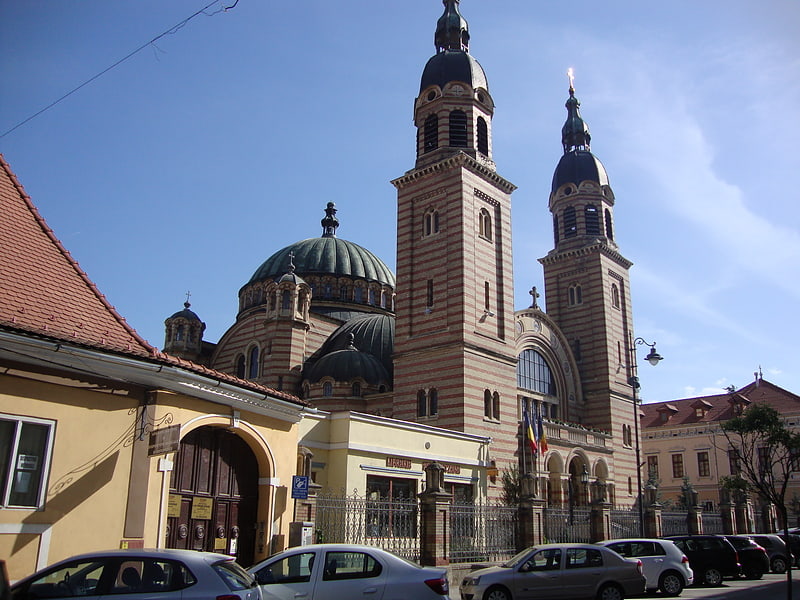
Also known as: Catedrala Mitropolitană din Sibiu
Byzantine church with frescoes and a store. The Holy Trinity Cathedral, Sibiu, located at 35 Mitropoliei Street, Sibiu, Romania, is the seat of the Romanian Orthodox Archbishop of Sibiu and Metropolitan of Transylvania. It was built in the style of a Byzantine basilica, inspired by Hagia Sophia, with the main spires influenced by Transylvanian church architecture and Baroque elements.
The idea of building an Orthodox cathedral in Sibiu began with Metropolitan Andrei Şaguna, who in the autumn of 1857 asked Emperor Franz Joseph I for permission to send a circular to his diocese requesting that priests and laymen give donations. He sent the letter before Christmas that year, and the first donor was the Emperor himself, who gave 1000 gold coins, followed by the governor of Transylvania with 50, Şaguna with 2000 florins, and many others. Donations continued to come in following Şaguna's death in 1873; the cornerstone was laid on 18 August 1902, when Ioan Meţianu was Metropolitan. In order to free the space to build the cathedral (which took up five lots on Mitropoliei Street and three on Xenopol Street, where it also has an entrance), eight nearby houses had to be demolished, as well as the little Greek church built in 1797-1799 that had heretofore served as a cathedral.
Work, coordinated by city architect Iosif Schussnig, began in 1902 and was finished in 1904, when the copper roof was done. The plan, by Virgil Nagy and Iosif Kamner of Budapest, was chosen from among designs submitted by 31 mainly Austrian and Hungarian architects. On 13 December 1904, the four bells were blessed and placed in the two main spires (during World War I, the Austro-Hungarian Army melted the three bells in the western spire for use as cannons; these were not replaced until 1926). The iconostasis and kliros were then manufactured at Constantin Babic's firm in Bucharest; electric lighting was also installed. The iconostasis (of gilt carved wood) and dome (showing Christ Pantocrator flanked by angels) were painted by Octavian Smigelschi, from the nearby village of Ludoș.
The exterior is in red and yellow brick. The spacious nave is bordered by smaller spherical roofs and four towers: two smaller octagonal ones, and two larger ones near the entrance with a square base that becomes octagonal in the bell area. The ends of the towers are shaped like double bulbs, with a skylight in the centre. The main entrance is through a portico with three semicircular doors. Behind this and between the main towers is an ample semicircular vestibule with a similarly shaped stained-glass window, while the outside is decorated with round mosaics showing Jesus and the Four Evangelists. The cathedral is 53.10m long and 25.40m wide in the centre, the dome 24.70m high (34.70m on the exterior) and 15m in diameter, while the spires are 43m high (45m including the crosses).
On 30 April 1906, Metropolitan Meţianu, joined by his suffragan bishop from Arad, Ioan Papp, and a group of priests and deacons, consecrated the cathedral. Nicolae Iorga was also present; he donated a silver engolpion and a valuable icon. Since its dedication, the cathedral has undergone a number of restorations and improvements: the walls have been decorated with neo-Byzantine paintings by Iosif Keber and Anastasie Demian, and liturgical objects, vestments, books and a sound system have all been added. Divine Liturgy and Vespers take place daily, as well as other services when provided for.[16]
Address: Strada Mitropoliei 35, 550179 Sibiu
National Museum of the Union, Alba Iulia
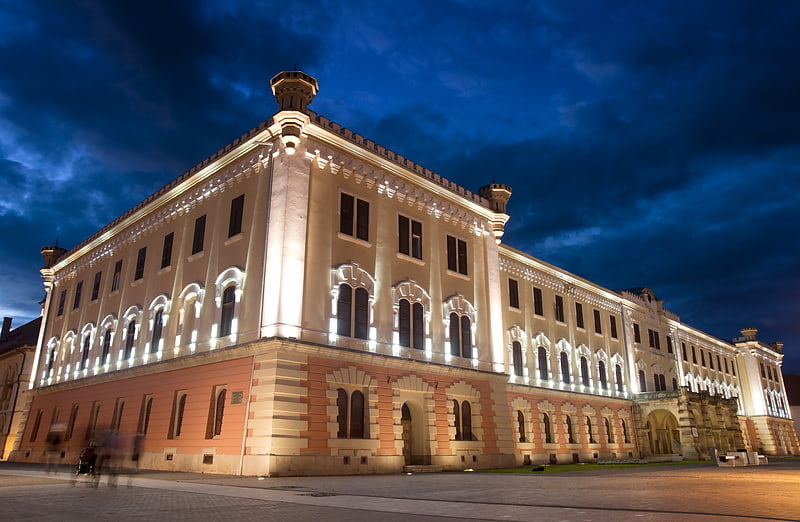
The National Museum of the Union is a history and archaeology museum in Alba-Iulia, Romania.[17]
Address: 12-14 Strada Mihai Viteazul, Alba Iulia
Anton Scudier Central Park, Timișoara

Anton Scudier Central Park, formerly known as Stalin Park and Scudier Park, is an urban park in Timișoara. It was founded in 1870 by General Anton von Scudier and carried his name until the partition of Banat in 1919.[18]
Cetățuia Monastery, Iași
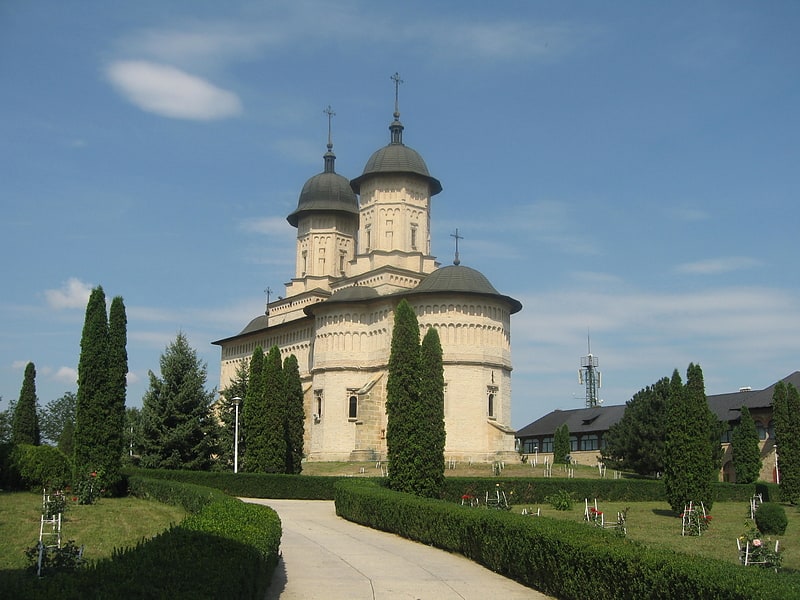
Also known as: Mănăstirea Cetățuia din Iași
Monastery in Iași, Romania. The Cetățuia Monastery is a Romanian Orthodox monastery located in Iași, Romania. The monastery is listed in the National Register of Historic Monuments.[19]
Address: 1 Cetățuia, Iași
Bigăr Waterfall, Cheile Nerei-Beușnița National Park
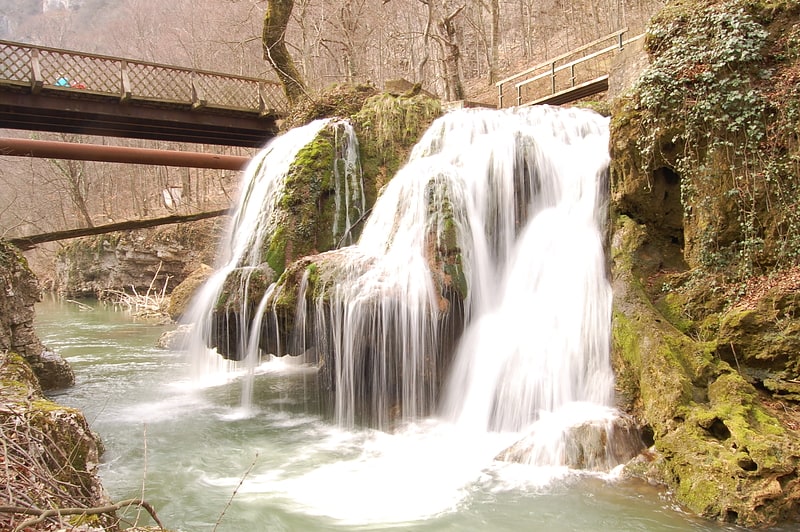
Also known as: Izvorul Bigăr
Nature preserve in Romania. Bigăr is a protected area situated in the administrative territory of Bozovici, in Caraș-Severin County in southwestern Romania. On 7 June 2021, part of the Bigăr waterfall collapsed.[20]
Address: DN 57B, km 12, Cheile Nerei-Beușnița National Park
Baroque Palace, Oradea
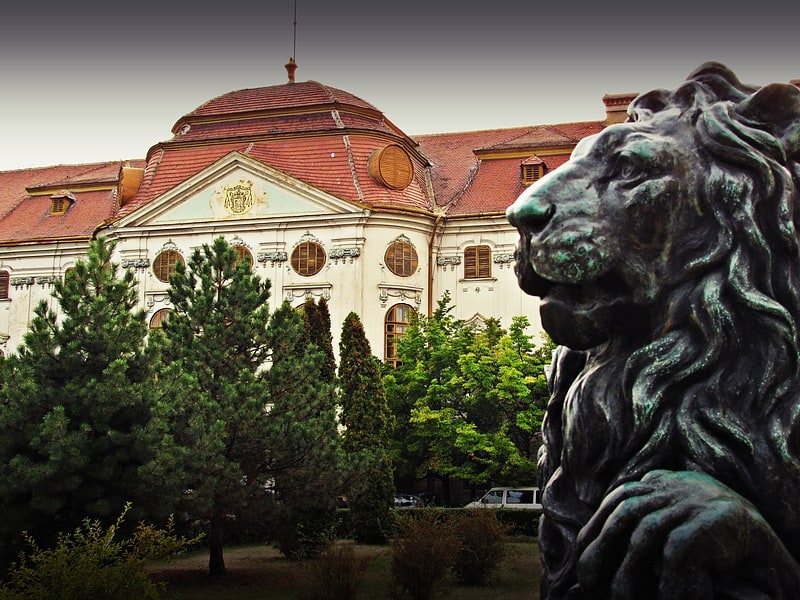
Also known as: Palatul Baroc din Oradea
Building in Oradea, Romania. The Baroque Palace of Oradea, also known as the Roman Catholic Episcopal Palace of Oradea, of the city of Oradea in Bihor County, Romania, is a building that dates to the Baroque times.[21]
Address: 1 - 3 Bulevardul Dacia, Oradea
Sibiu Lutheran Cathedral, Sibiu
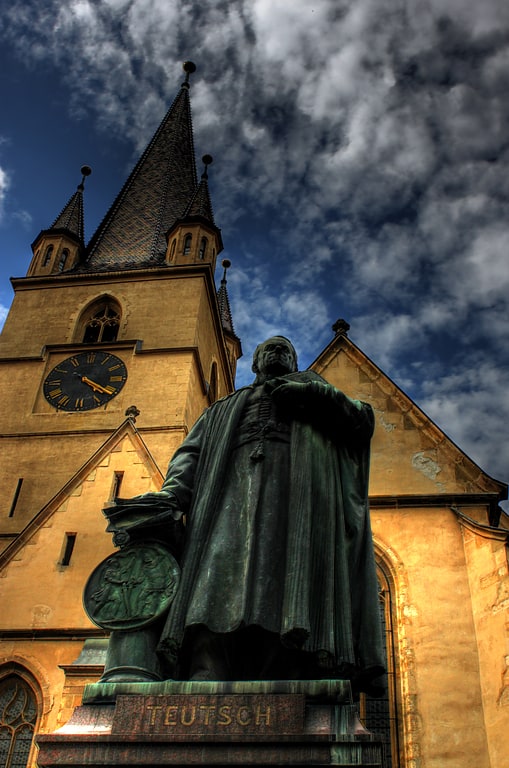
Also known as: Catedrala Evanghelică din Sibiu
Historic church with a lookout tower. The Lutheran Cathedral of Saint Mary is the most famous Gothic-style church in Sibiu, Transylvania, Romania. Its massive 73.34 m high steeple is a landmark of the city. The four turrets situated on top of the steeple were a sign to let foreigners know that the town had the right to sentence to death. It belongs to the Lutheran, German-speaking Evangelical Church of Augustan Confession in Romania.[22]
Address: Piața Albert Huet FN, 550182 Sibiu
Iași, Iași
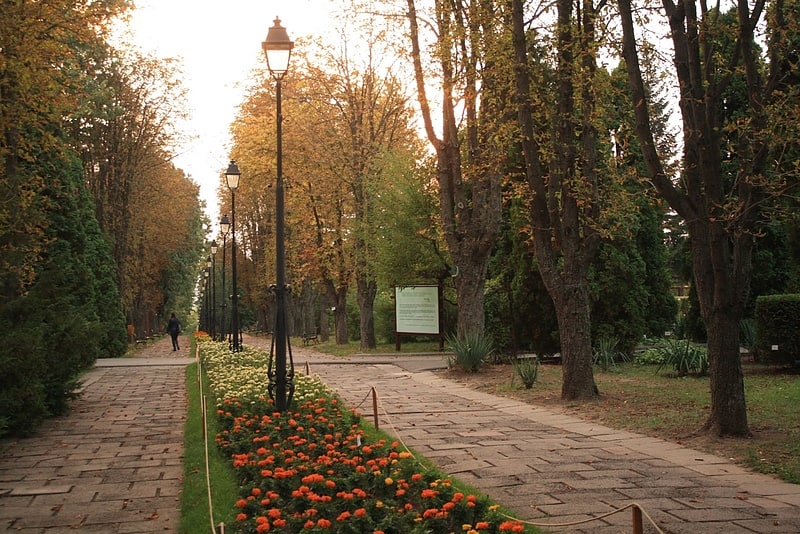
Botanical garden in Iași, Romania. The Iași Botanical Garden, now named after its founder, Anastasie Fătu, is a botanical garden located in the Copou neighbourhood of Iași, Romania. Established in the year 1856 and maintained by the Alexandru Ioan Cuza University, it is the oldest and largest botanical garden in Romania.[23]
Address: Str. Dumbrava Roșie nr. 7-9, 700471 Iași
Sighișoara Citadel, Sighișoara
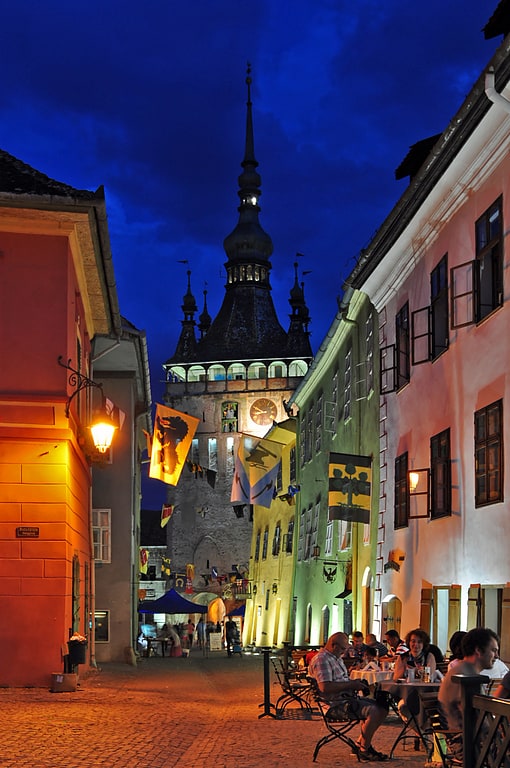
Also known as: Cetatea Sighișoara
UNESCO Medieval citadel with 9 towers. The Historic Centre of Sighișoara is the old historic center of the town of Sighișoara, Romania, built in the 12th century by Saxon settlers. It is an inhabited medieval citadel that, in 1999, was designated a UNESCO World Heritage Site for its 850-year-old testament to the history and culture of the Transylvanian Saxons.
Birthplace of Vlad III the Impaler (in Romanian Vlad Țepeș), Sighișoara hosts, every year, a medieval festival where arts and crafts blend with rock music and stage plays. The city marks the upper boundary of the Land of Sachsen. Like its bigger brothers, Sibiu (Hermannstadt) and Braşov (Kronstadt), Sighișoara exhibits Medieval German architectural and cultural heritage that was preserved even during the Communist period.[24]
Address: Piata Cetatii Nr.1, 545400 Sighisoara
Monastery Church, Sighișoara
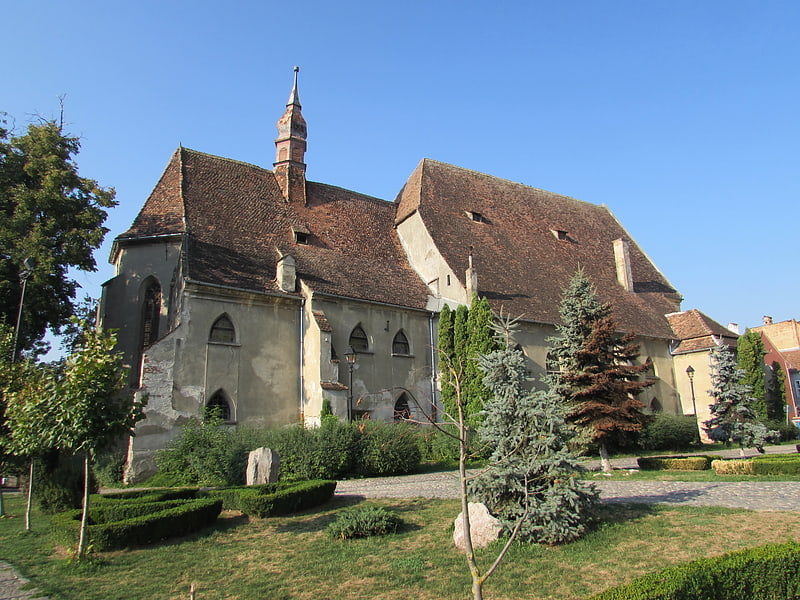
The Monastery Church, also known as the Church of the Dominican Monastery, is a Gothic church formerly part of a medieval Dominican monastery in Sighişoara, Romania. The monastery was erected in 1289, and demolished in 1888. The monastery was one of a network planned by Paulus Hungarus throughout the Kingdom of Hungary to act as a bulwark against heresy. Hungarian nobleman Leonard Barlabássy gave the church an endowment.[25]
Address: Strada Cetății, 545400 Sighișoara
History and Archaeology Museum, Constanța

The Constanța History and Archaeology Museum is a museum located at 12 Piața Ovidiu, Constanța, Romania.[26]
Address: Piața Ovidiu nr. 12, Constanța
Sphinx, Sinaia
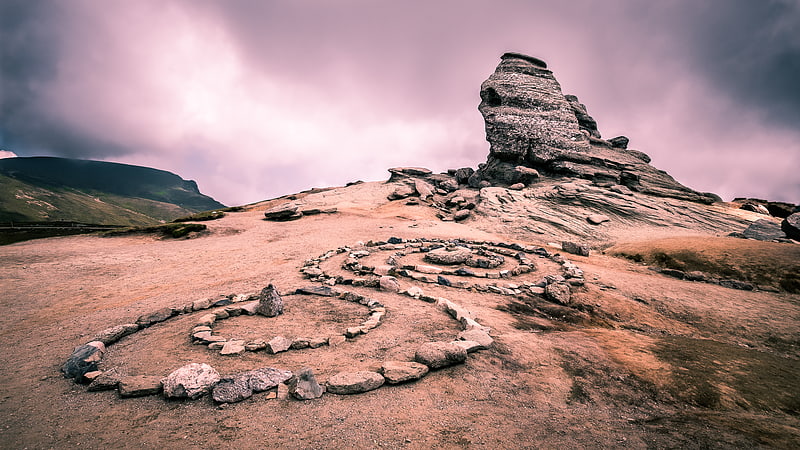
Also known as: Sfinxul din Bucegi
Rock formation in Romania. The Sphinx is a natural rock formation in the Bucegi Natural Park which is in the Bucegi Mountains of Romania. It is located at an altitude of 2,216 metres within the Babele complex of rock formations.
The first photo of the Great Bucegi Sphinx was probably taken in about the year 1900. This photograph was taken from a front position, not from a lateral one, as it usually appears in modern pictures. It only acquired its nickname, referring to the Great Sphinx of Giza, in the year 1936. The image of the sphinx appears when the rock, having an 8 m height and a 12 m width, is observed from a certain angle. The megalith has its clearest outline on 21 November, at the time the sun goes down.[27]
Address: Main Steet, 106100 Sinaia
Constanța Casino, Constanța

Also known as: Cazinoul din Constanța
Archaeological museum in Constanța, Romania. The Constanța Casino is a defunct casino, located in Constanța, Romania. It has been designated by the Romanian Ministry of Culture and National Patrimony as a historic monument. The casino is on the Constanța seafront along the Black Sea in the historic Peninsulă District of the city. Three different buildings were built in the district to hold a casino, with the first structure being erected of wood in 1880. Considered a symbol of the city of Constanța, the current structure was built in Art Nouveau style, designed and built according to the plans of Daniel Renard and inaugurated in August 1910. The current Casino was used for gambling operations for 38 years, with interruption due to the two world wars: attacked and bombed by Bulgarian and German troops in World War I, ravaged in World War II and, at one point, acted as a makeshift wartime hospital. In 1948 it was transformed into a community centre and in 1960 it was handed to the National Office of Tourism which transformed into a restaurant. The last major repairs took place in 1986–1988, and the building was abandoned until 2019 and currently it's under renovation again.[28]
Address: Bd. Regina Elisabeta nr. 2, 900733 Constanța
Carol I Mosque, Constanța
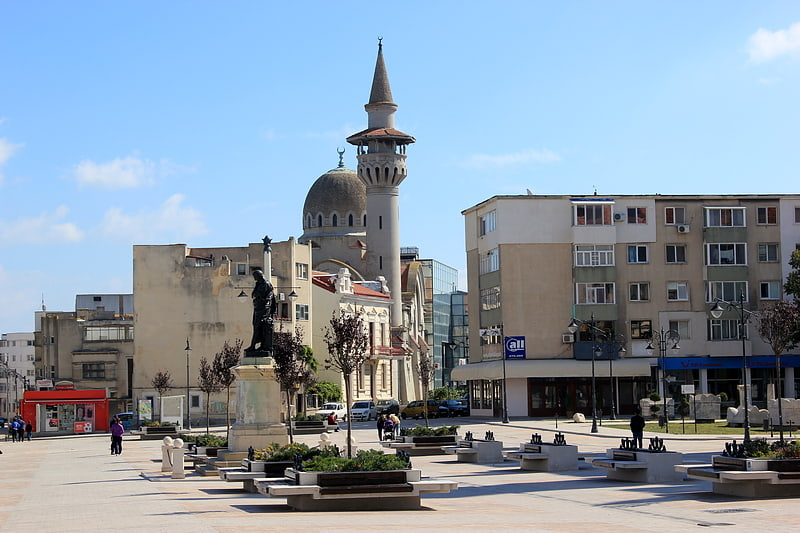
Also known as: Marea Moschee din Constanța
Mosque in Constanța, Romania. The Grand Mosque of Constanța, originally known as the Carol I Mosque, is a mosque in Constanța, Romania. It is listed as an historic monument by the Romanian National Institute of Historical Monuments.
The mosque is referred to by Constanța's Islamic community as the King's Mosque (Romanian: Geamia Regelui, Turkish: Kral camisi).[29]
Address: Strada Arhiepiscopiei 9, 900178 Constanța
Coronation Cathedral, Alba Iulia
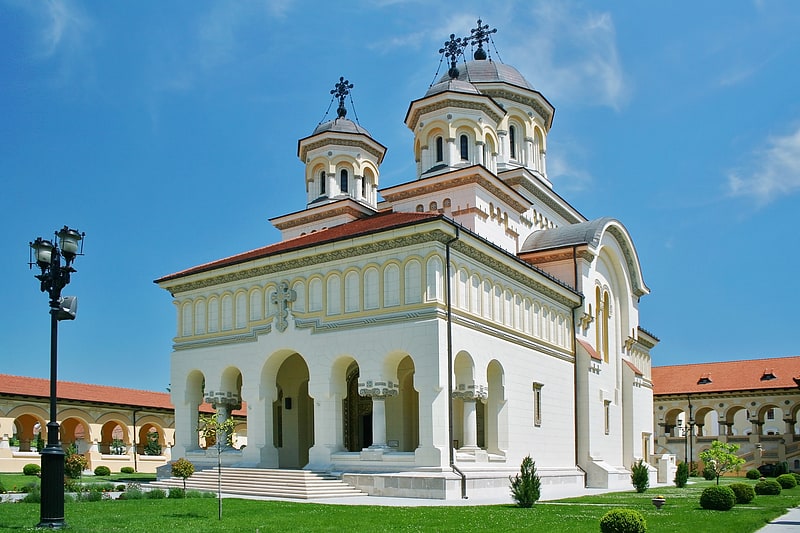
Also known as: Catedrala Încoronării din Alba Iulia
Scenic Romanian Orthodox cathedral. The Coronation Cathedral, dedicated to the Holy Trinity and the Holy Archangels Michael and Gabriel, is a Romanian Orthodox cathedral located at 16 Mihai Viteazul Street, Alba Iulia, Romania. Built soon after and in commemoration of the Union of Transylvania with Romania, it is the seat of the Romanian Orthodox Archdiocese of Alba Iulia.[30]
Address: Strada Mihai Viteazu 16, 510010 Alba Iulia
Corvin Castle, Hunedoara
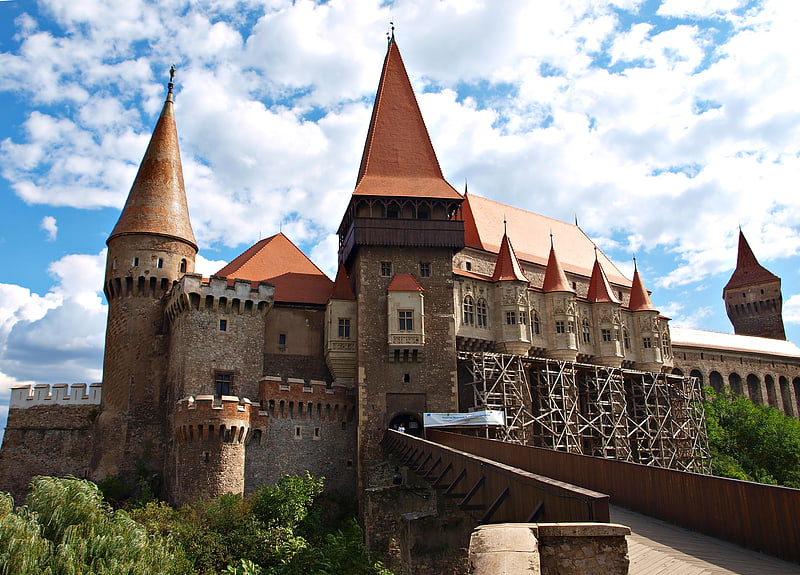
Also known as: Castelul Corvinilor
15th-century castle and history museum. Corvin Castle, also known as Hunyadi Castle or Hunedoara Castle, is a Gothic-Renaissance castle in Hunedoara, Romania. It is one of the largest castles in Europe and is featured as one of the Seven Wonders of Romania.[31]
Address: Strada Castelului 1-3, 331141 Hunedoara
Clock Tower, Sighișoara

Also known as: Turnul cu Ceas din Sighișoara
Historical landmark in Sighișoara, Romania. In every fortification system there is one fortress that dominates the others: the master-tower. The Clock Tower of Sighișoara is the main entry point to the citadel, opposite guarded by Tailors' Tower. With its 64 meters of height, the tower is visible from almost every corner of the city from Mures County, its purpose was to defend the main gate of the citadel and also served as the town hall until 1556. Now It's considered one of the most expressive clock tower in the whole Transylvania.[32]
Address: Strada Turnului, 545400 Sighisoara
Moon Church, Oradea
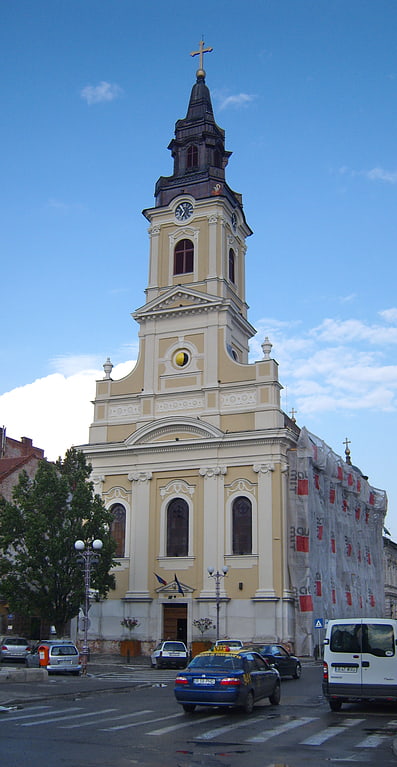
The Moon Church is a Romanian Orthodox church located at 10 Piața Unirii, Oradea, Romania. It is dedicated to the Dormition of the Mother of God.[33]
Address: Piata Unirii Nr. 2, 410072 Oradea
Culture Palace, Târgu-Mureș
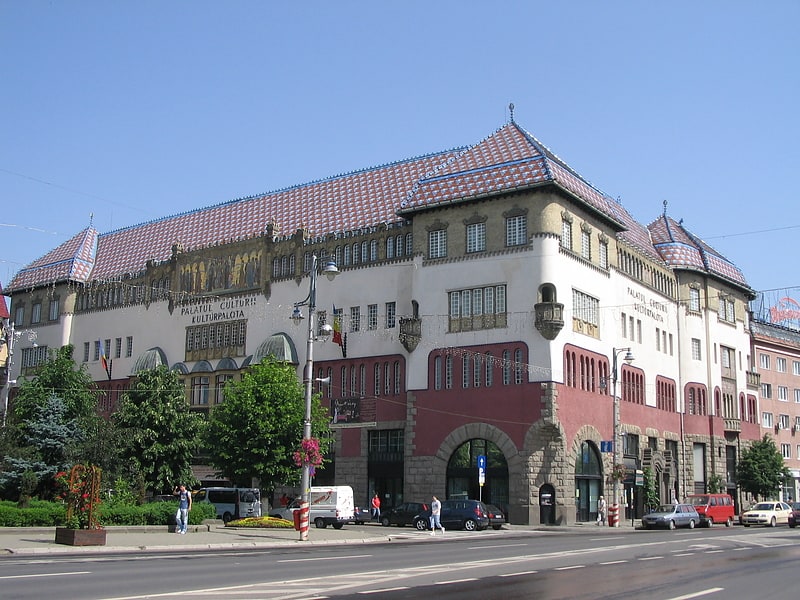
Also known as: Palatul Culturii din Târgu Mureș
Grand 1900s palace with stained glass. The Palace of Culture is an edifice located in the centre of Târgu Mureș, Romania. The building houses the Mureș County Library, the Mureș County Museum, and the State Philharmonic of Târgu Mureș.
The Palace of Culture of Târgu Mureș is listed in the National Register of Historic Monuments.[34]
Address: G. Enescu nr. 2, 540052 Târgu Mureș
Bucura Lake, Retezat National Park
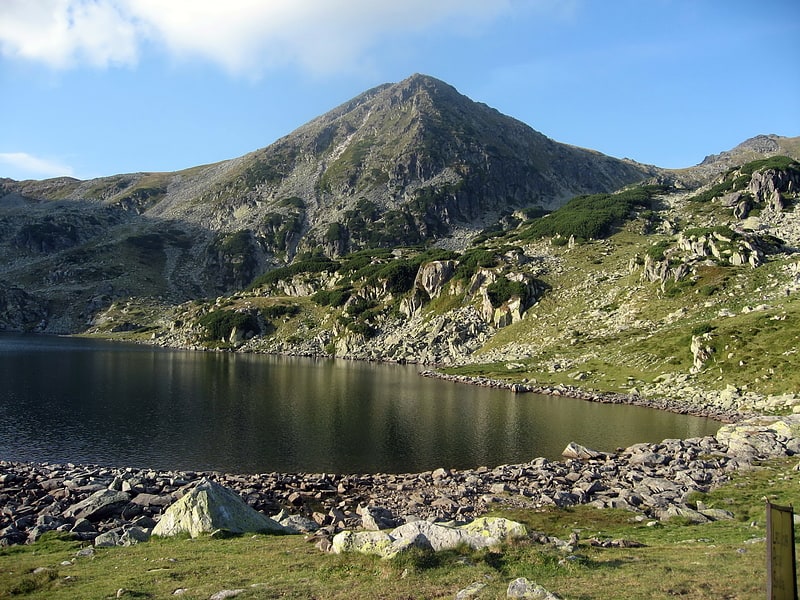
Also known as: Lacul Bucura
Scenic glacier lake for camping and hiking. Lake Bucura is a glacier cirque lake, situated in the Retezat Mountains, in Romania. It is located south of the main ridge, at the base of Peleaga Peak, and at an altitude of about 2,040 m.
It is the largest glacier lake in Romania, having an area of over 105,000 square metres. It is 550 m in length, 160 m in width on average, and 225 m maximum width, for a perimeter of 1,390 m. The maximum depth is 15.5 m, and the volume 625,000 m³.[35]
St. Michael's Cathedral, Alba Iulia
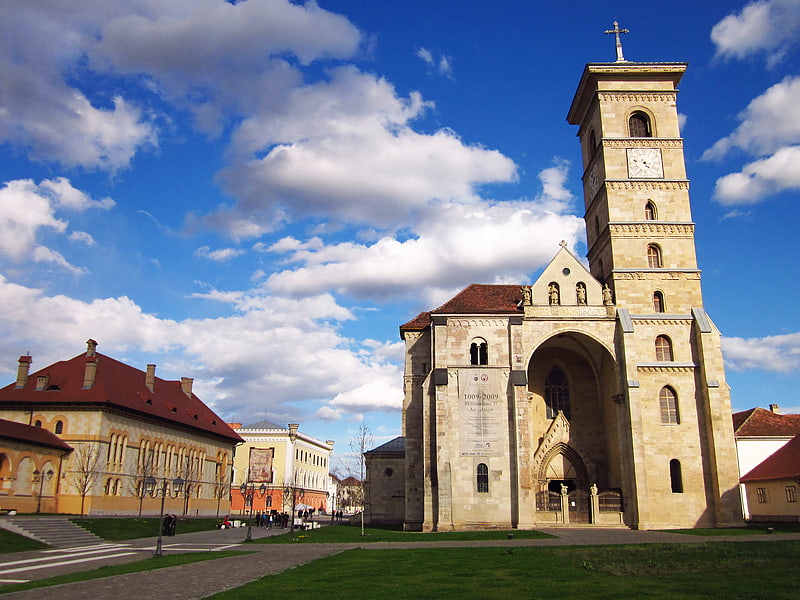
Also known as: Catedrala Sfântul Mihail din Alba Iulia
Cathedral and romanesque architecture. St. Michael's Cathedral is the Roman Catholic cathedral of the Roman Catholic Archdiocese of Alba Iulia, Romania, and the oldest and the longest cathedral in the country.[36]
Address: 21 Strada Mihai Viteazul, Alba Iulia
Ascension of the Lord Cathedral, Târgu-Mureș
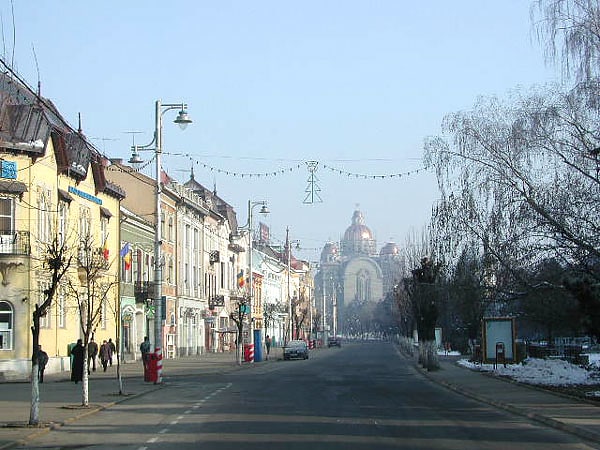
Also known as: Catedrala „Înălțarea Domnului” din Târgu Mureș
Cathedral in Târgu Mureș, Romania. The Ascension of the Lord Cathedral is a Romanian Orthodox cathedral in Târgu Mureş, Romania. It was built between 1925 and 1934 on the initiative of Archpriest Ştefan Rusu. As the seat of an archpriest and not a bishop, it is a church and not technically a cathedral, but is commonly referred to as such.
The Cathedral's cornerstone was laid on May 10, 1925, an event witnessed by, among others, the Minister of Religious Affairs, Alexandru Lapedatu, Bishop Nicolae Ivan, and Octavian Goga, who was a government minister at the time.
The cathedral was built according to the plans of architect Victor Vlad of the Polytechnic University of Timișoara, in the form of a Greek cross. The total cost of the building was estimated at 20 million lei.
The iconostasis was built in 1934 by Traian Bobletec of Nazna, while the bells were cast at Timișoara. Due to lack of funding, murals of the interior were only completed in 1986.[37]
Address: Piața Trandafirilor 1, Târgu-Mureș
Craiova Art Museum, Craiova
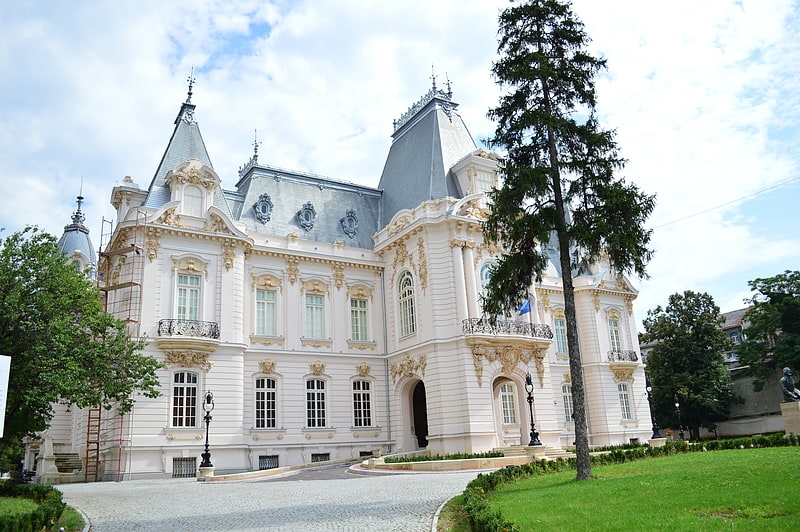
Also known as: Muzeul de Artă din Craiova
Museum in Craiova, Romania. The Craiova Art Museum is an art museum in the city of Craiova, Oltenia, Romania.
The museum is housed in the Constantin Mihail Palace, built from 1898 to 1907 according to the plans of French architect Paul Gottereau. The palace once belonged to Michael Constantine (1837–1908), a member of one of the richest families in Romania and is known as Jean Mihail Palace. The palace is decorated with Carrara marble stairs, Lyon silk walls, Murano glass chandeliers, painted ceilings, partly gilded stucco, and Venetian mirrors. It has hosted kings of Romania, in 1939 the exiled Polish president Ignacy Mościcki (1867–1946), and the former Yugoslav leader Josip Broz Tito (1892–1980).
The museum was founded in 1954. It is the main art museum in Craiova and is a significant tourist attraction for the city. A major attraction of the museum is the gallery dedicated to Constantin Brâncuși, exhibiting six of his early sculptures (including variants of his best-known works): Vitellius (1898), Miss Pogany (1902), The Vainglory (1905), Boy's Head (1906), The Kiss (1907), and Woman Torso (1909). It also has a variety of paintings by important Romanian masters such as Theodor Aman, Nicolae Grigorescu, Vasile Popescu, Ștefan Luchian, and Theodor Pallady, together with some Romanian icons.
The palace is listed as a historic monument by Romania's Ministry of Culture and Religious Affairs.[38]
Address: Calea Unirii 15, 200419 Craiova
Zamca Armenian Monastery, Suceava

Monastery in Suceava, Romania. The Armenian monastery of Suceava, also known as "Zamca", is a monastery of the Armenian Apostolic Church, dating from the 15th century, in the town of Suceava in northern Romania's Bukovina district.
The monastery was completed in the early 15th century, during the reign of Moldavian Hospodar Alexandru I Mușat). It was constructed as the bishop's seat for the local Armenian church in 1401 which was founded by Alexandru I. Saint Auxentius Church was designed to be the center of the complex. The church was renovated or rebuilt in 1606, when a number of other structures were added, among them the belltower, the gate, and a residential structure with a chapel to Gregory the Illuminator, all of which survive to this day. The church's interior was decorated with murals in the 18th century.
When James Louis Sobieski attempted to ascend to the Moldavian throne, the monastery was his base of operations. In 1690 it became the headquarters of the Polish Army for all of their operations in Moldavia related to Poland's participation in the War of the Holy League against the Ottoman Empire. Staying at the monastery for several years, the Poles built an extensive network of bastion fortifications which are well preserved to this day. The monastery's popular name, "Zamca", likely comes from this period; it is derived from zamek, the Polish word for castle.[39]
Address: 30 Strada Zamca, Suceava
Wooden Church, Târgu-Mureș
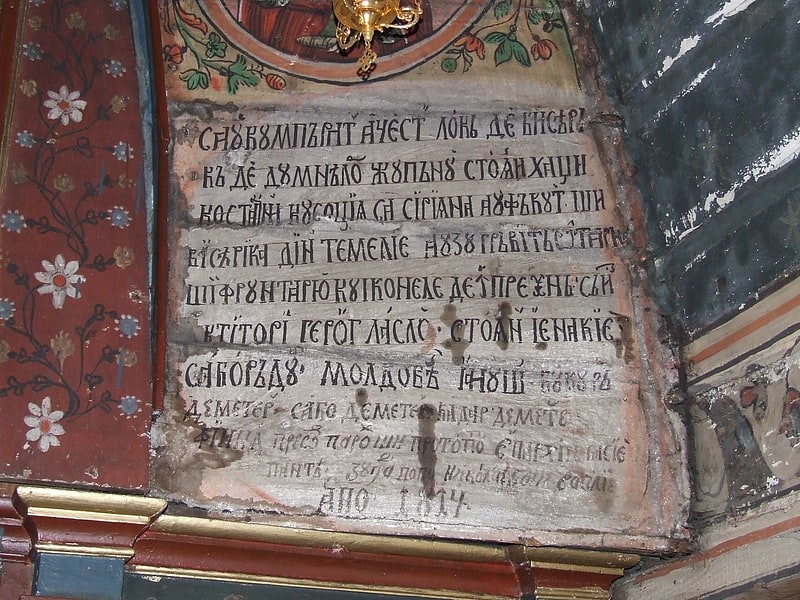
The Wooden Church is a Romanian Orthodox church located at 13 Mitropolit Andrei Șaguna Street in Târgu Mureș, Romania. It is dedicated to the Archangel Michael.[40]
Address: Strada Mitropolit Andrei 葮aguna, 540090 Târgu Mureș
Neumann Palace, Arad
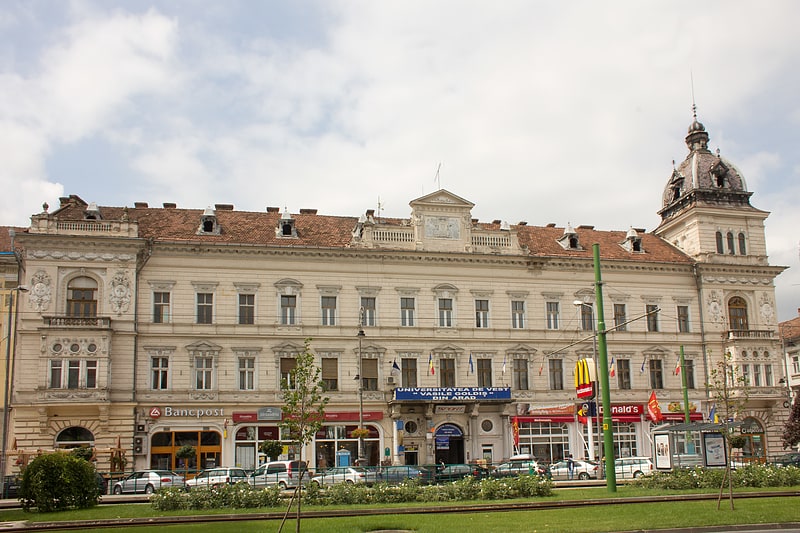
Also known as: Palatul Neumann din Arad
Building in Arad, Romania. The Neumann Palace is an eclectic building located in Arad. It is a historical monument. It was built in 1891–1892 by the wealthy family of Neumann. It was the biggest building in the city for a long period.[41]
Address: Bulevardul Revolutiei Nr.69, Arad
Cathedral Basilica of St. Mary, Oradea

Also known as: Bazilica romano-catolică din Oradea
Basilica in Mădăras, Romania. The Cathedral Basilica of St. Mary also called the Catholic Cathedral of the Assumption, is the name given to a religious building is the cathedral church of the Latin Diocese of Oradea Mare. It is located in the city of Oradea, northwest Romania.
The basilica was built between 1752 and 1780, and was designed by Italian architect Giovanni Battista Ricca (1691-1757). After the death of the first architect, construction was completed by the Viennese Franz Anton Hillebrandt and the church was adorned with baroque decorations of Austria.[42]
Address: Strada Șirul Canonicilor 2, 410161 Oradea
Saint John the New Monastery, Suceava
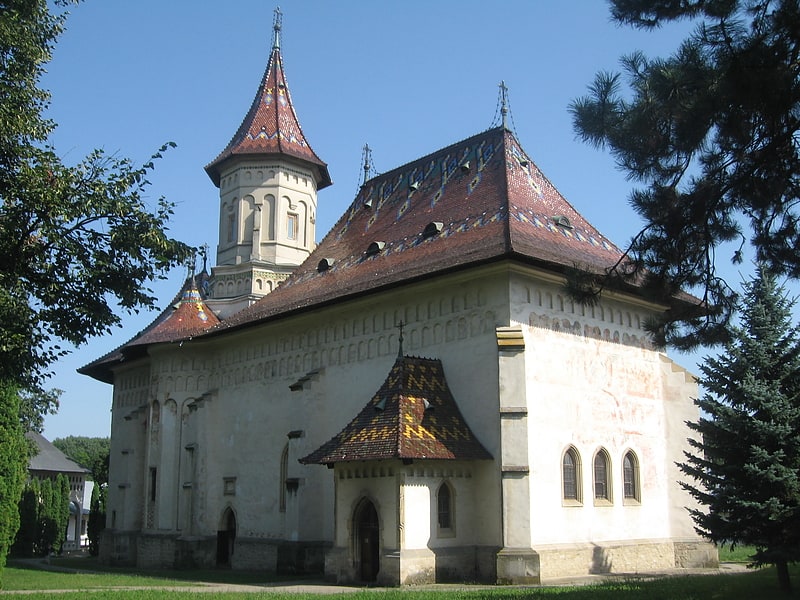
Also known as: Mănăstirea Sfântul Ioan cel Nou din Suceava
Monastery in Suceava, Romania. Saint John the New Monastery is a Romanian Orthodox monastery in Suceava, Romania. Built between 1514 and 1522, the monastery church is one of eight buildings that make up the churches of Moldavia UNESCO World Heritage Site, and is also listed as a historic monument by the country's Ministry of Culture and Religious Affairs. Its construction began during the reign of voivode Bogdan III the One-Eyed of Moldavia, after the nearby Mirăuți Church was devastated in 1513. The construction was completed by Stephen IV of Moldavia. The monastery church served as metropolitan cathedral of Moldavia until 1677 and, since 1991, it serves as the cathedral of the Archdiocese of Suceava and Rădăuți. The church is dedicated to Saint George and it has frescoes painted on the outside, typical of the region.
The monastery is dedicated to Saint John the New of Suceava, a Moldavian monk who preached during Turkish occupation and was subsequently martyred in Cetatea Albă, present-day Bilhorod-Dnistrovskyi in Ukraine. Alexander I of Moldavia brought his relics to Suceava in 1402. Besides the monumental church, the monastery complex includes a bell tower built in 1589 during the reign of Peter the Lame of Moldavia, a chapel founded by clergyman Anastasie Crimca in 1626-1629, old cells for monks (built in the 19th century), a house for the abbot (built between 1894-1896) and the surrounding walls.[43]
Address: Strada Ion Vodă Viteazul 2, 720034 Suceava
Muzeul Olteniei, Craiova
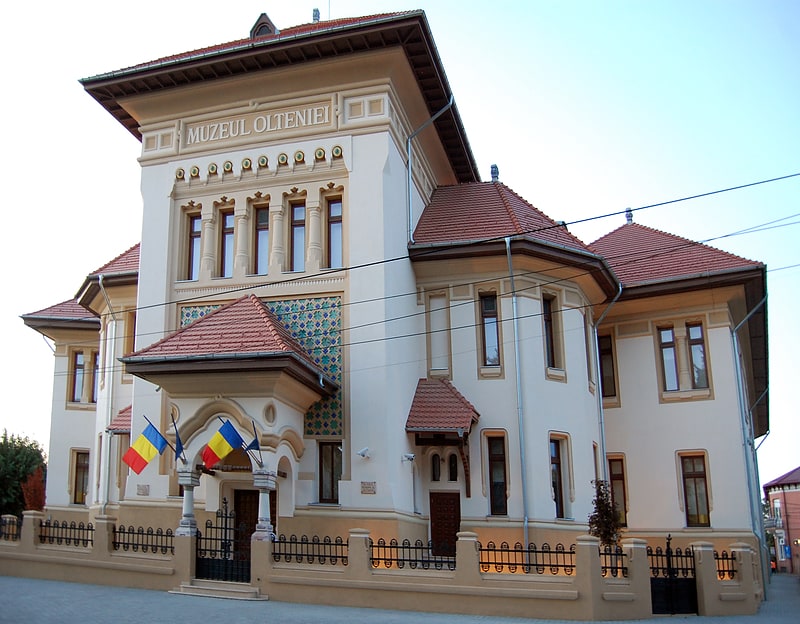
Museum in Craiova, Romania. The Museum of Oltenia is a multidisciplinary museum in the city of Craiova, Oltenia, Romania.
The archaeology section of museum was founded on 1 April 1915. The natural history section was founded in 1923 and the museum as it is structured today was established in 1928.
The museum is divided into three sections housed in separate buildings: ethnography, history/archaeology, and natural history. The collection is based on donations made in 1908.
The building on Matei Basarab Street dates from the 15th century and is one of the oldest in the city. It houses the ethnography exhibits. The building on Popa Street is the location of the natural history section and also a traditional pottery shop. The building on Madona Dudu Street houses the archaeology and history exhibits, including a new wing. The museum is an important tourist attraction in Craiova.
The museum is housed in a former girls' school; the building dates to 1905, and is listed as a historic monument by Romania's Ministry of Culture and Religious Affairs.[44]
Address: Strada Madona Dudu 14, 200410 Craiova
Mikó Castle, Miercurea Ciuc

Also known as: Castelul Mikó din Miercurea Ciuc
1600s castle with an ethnographic museum. The Mikó Castle is a fortified castle in Miercurea Ciuc, Romania. It is among the city's most important monuments, and today houses an ethnographic museum devoted to Székely heritage.
Work on the castle, which is 75 m long and 70 m wide, began on 26 April 1623 and probably was completed in the 1630s. In style, it resembles the castles at Iernut, Vințu de Jos and Lăzarea. It is named after Ferenc Mikó (1585–1635), who began building it a decade after becoming supreme captain of the Csíkszék (Ciuc), Gyergyószék (Gheorgheni) and Kászonszék (Caşin) Székely seats, later merged into Csík County. Documents of the time also refer to it as "Mikó's new citadel".
The first written document to mention the citadel dates to 1631. After Ferenc Mikó's heirs died prematurely, the citadel came into the possession of Tamás Damokos, supreme judge of Csíkszék. On 21 October 1661, Turkish and Tatar troops led by Ali, Ottoman pasha of Temeşvar Province, invaded Csíkszereda, occupying and burning the citadel. It was rebuilt in 1714-16 under orders from Habsburg General Stephan Steinville, as attested by a stone inscription above the entrance gate.
In 1735, the Austrian engineer and colonel Johann Conrad Weiss drew up the castle's plan. This is the oldest surviving plan of the building, and has been important to those studying both its history and the stages of its construction. For the rebuilt citadel, the Austrians designed a defensive system involving four Italian-style bastions, remnants of which are still visible on the south side. On the southwest side, they built a gunpowder depot, while converting the south bastion into a chapel. The chapel ceiling is decorated in modest stucco, following a late-Baroque design. The Gothic window frames were placed later on. The ground-floor rooms have dome-shaped cylindrical ceilings with groin vaults. Above the window sills there are tall, narrow, rectangular embrasures. The fortified castle played an important defensive role at the eastern border of the Habsburg Empire.
Through the mid-20th century, the building was used by the troops of various armies. In particular, it served as a barracks for Habsburg troops until 1764. From 1764 to 1848 it was the residence of the commander of the 1st Székely Regiment of the Transylvanian Military Frontier, part of the Military Frontier. During the Transylvanian Revolution of 1848, part of the Revolutions of 1848 in the Habsburg areas, it served as the headquarters of Sándor Gál, commander of the Székely revolutionary forces. In 1970, following a thorough restoration, the Ciuc Szekler Museum, established in 1930, moved into the castle. Additionally, part of the Kájoni János County Library, including a rare documents collection, has operated in the castle since 1978. The building is classified as a historic monument by the Ministry of Culture and Religious Affairs.[45]
Catedrala Veche, Arad

The Church of the Nativity of Saint John the Baptist is a Romanian Orthodox church located at 15 Piața Catedralei, Arad, Romania. It is dedicated to the Nativity of Saint John the Baptist.
After the demolition of an old church near the Mureș River, a new one was begun upon the initiative of Prokopije Ivačković, the Bishop of Arad. Construction lasted from 1862 to 1865, receiving funds from the Mocioni family and from Viennese banker Simon Sinas. Anton Czigler, a native of Gyula, was the architect. After its dedication, the building served as the diocesan cathedral.
Certain details of the facade, such as the pediment, were only added during the 1905-1906 restoration. In 1966, three mosaics were placed on the facade. The bell, dated 1764, comes from the previous church.
The building is U-shaped, the wings opening on the yard through semicircular arches. The lower interior walls are of artificial marble; the middle feature plant decorations; the upper is painted in Orthodox iconography. The windows are of colored glass, without designs. The two towers were lengthened in 1904; each has a clock. The style is a classicizing neo-Baroque, more akin to 19th-century Western than contemporary Orthodox churches. Over time, the location became less central, so that a new cathedral superseded the old in 2009.
The church is listed as a historic monument by Romania's Ministry of Culture and Religious Affairs.[46]
Address: Strada Academia Teologică, Arad
Holy Trinity Cathedral, Arad
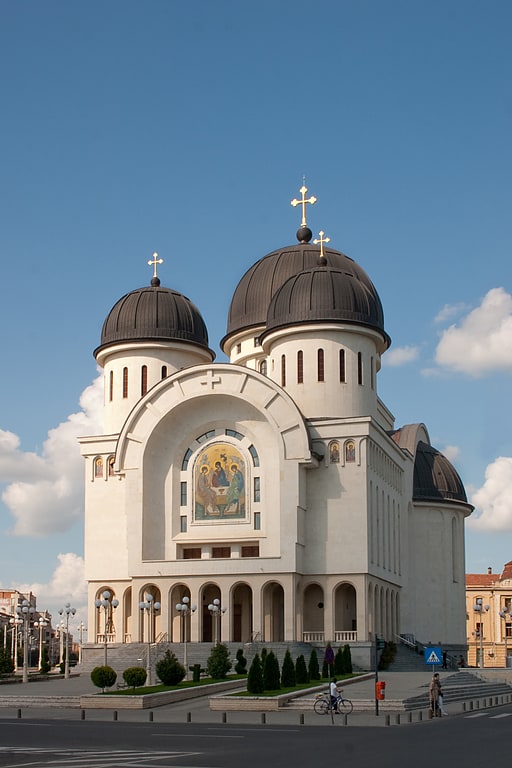
Also known as: Catedrala „Sfânta Treime” din Arad
Cathedral in Arad, Romania. The 'Holy Trinity' Orthodox Cathedral is a Romanian Orthodox cathedral in Arad, in the Crișana region of western Romania. It is the main cathedral of the episcopal see of Arad, currently headed by Timotei, Archbishop of Arad.[47]
Address: Bulevardul Revolutiei, 310174 Arad
Peleaga, Retezat National Park
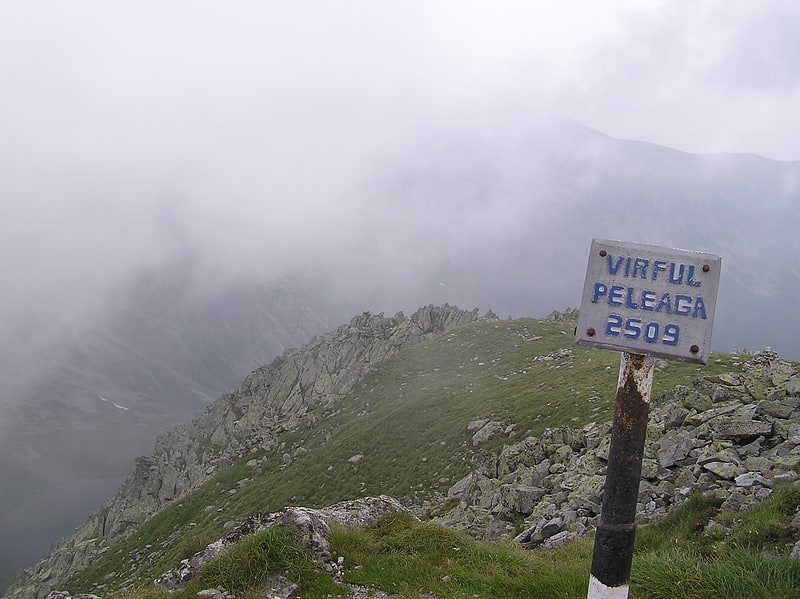
Also known as: Munţii Retezat
Hiking spot in the Retezat Mountains. Peleaga is a mountain in Romania. It is the highest point in the Retezat Mountains with a summit elevation of 2,509 metres above sea level. Peleaga is located in Hunedoara County, and lies within the historical region of Transylvania.
In addition to its highest peak Peleaga, the Retezat Mountains, part of the Southern Carpathians, are home to some of the highest massifs in Romania. Other important peaks in the range are Păpușa (Vârful Păpușa) and Retezat Peak (Vârful Retezat). The Retezat Mountains have many glacial lakes, including the largest one in Romania, Bucura Lake (Lacul Bucura), which covers 8.9 ha (22 acres) and is situated at an elevation of 2,030 m (6,660 ft). The area also contains the Retezat National Park, Romania's first national park.[48]
Craiova Botanical Garden, Craiova
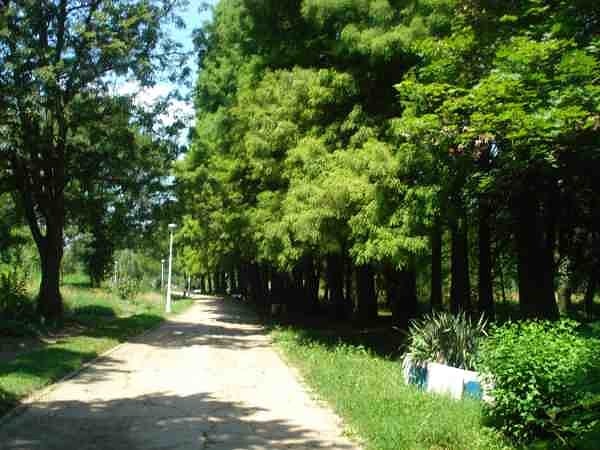
Botanical garden in Craiova, Romania. The Craiova Botanical Garden Alexandru Buia, is a scientific organization where plant specimens are collected from different regions of the country and preserved as reference material, but also as study material for the students of University of Craiova. The garden occupies a large area in the center of the Craiova city, Romania, covering an area delimited by the streets Constantin Lecca - Obedeanu – Poporului – Renaşterii – Calea Severinului – Iancu Jianu, at an altitude of about 99 m and it is located at latitude 44019’24.3”N and longitude 23047’17.9”E. It is also referred as a local park for the citizens of Craiova and a tourist destination in town.[49]
Address: Strada Lecca Constantin 26, 200217 Craiova